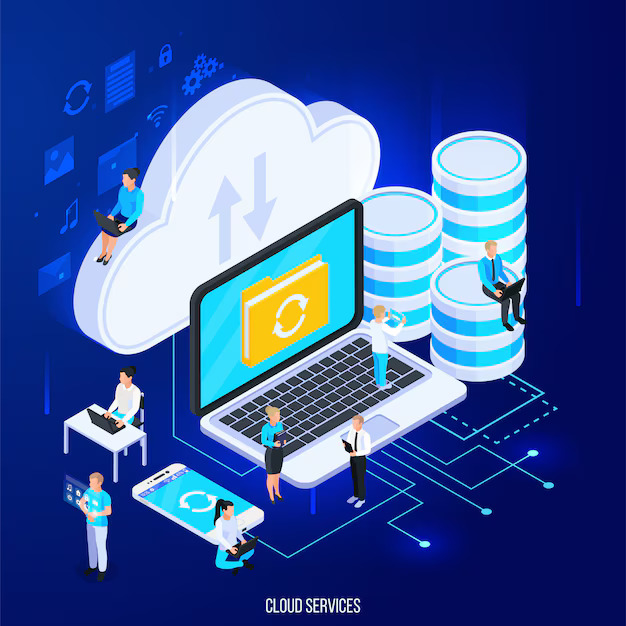
Virtualization is the process of creating a software-based (or virtual) representation of something rather than a physical one. Virtualization can apply to applications, servers, storage, and networks and is the single most effective way to reduce IT expenses while boosting efficiency and agility for all size businesses.
Virtualization can increase IT agility, flexibility, and scalability while creating significant cost savings. Workloads get deployed faster, performance and availability increases and operations become automated, resulting in IT that’s simpler to manage and less costly to own and operate. Additional benefits include:
IT organizations are challenged by the limitations of today’s x86 servers, which are designed to run just one operating system and application at a time. As a result, even small data centers have to deploy many servers, each operating at just 5 to 15 percent of capacity—highly inefficient by any standard.
Virtualization uses software to simulate the existence of hardware and create a virtual computer system. Doing this allows businesses to run more than one virtual system – and multiple operating systems and applications — on a single server. This can provide economies of scale and greater efficiency.
A virtual computer system is known as a “virtual machine” (VM): a tightly isolated software container with an operating system and application inside. Each self-contained VM is completely independent. Putting multiple VMs on a single computer enables several operating systems and applications to run on just one physical server, or “host”.
A thin layer of software called a hypervisor decouples the virtual machines from the host and dynamically allocates computing resources to each virtual machine as needed.
Partitioning
Run multiple operating systems on one physical machine
Divide system resources between virtual machines
Isolation
Provide fault and security isolation at the hardware level
Preserve performance with advanced resource controls
Encapsulation
Save the entire state of a virtual machine to files
Move and copy virtual machines as easily as moving and copying files
Hardware Independence
Provision or migrate any virtual machine to any physical server
Server Consolidation
Using server virtualization, a company can maximize the use of its server resources and reduce the number of servers required. The result is server consolidation, which improves efficiency and cuts costs.
Server Virtualization
Most servers operate at less than 15 percent of capacity, leading to server sprawl and complexity. Server virtualization addresses these inefficiencies by allowing multiple operating systems to run on a single physical server as virtual machines, each with access to the underlying server’s computing resources.
The next step is to aggregate a server cluster into a single consolidated resource – which improves overall efficiency and reduces cost. Server virtualization also enables faster workload deployment, increased application performance, and higher availability.
Free Hands-on Lab
Network Virtualization
Network virtualization is the complete reproduction of a physical network in software. Applications run on the virtual network exactly the same as if on a physical network. Network virtualization presents logical networking devices and services—logical ports, switches, routers, firewalls, load balancers, VPNs and more—to connected workloads. Virtual networks offer the same features and guarantees of a physical network with the operational benefits and hardware independence of virtualization.
Learn more about NSX
Try for Free
Desktop Virtualization
Deploying desktops as a managed service gives you the opportunity to respond quicker to changing needs and opportunities. You can reduce costs and increase service by quickly and easily delivering virtualized desktops and applications to branch offices, outsourced and offshore employees and mobile workers on iPad and Android tablets.